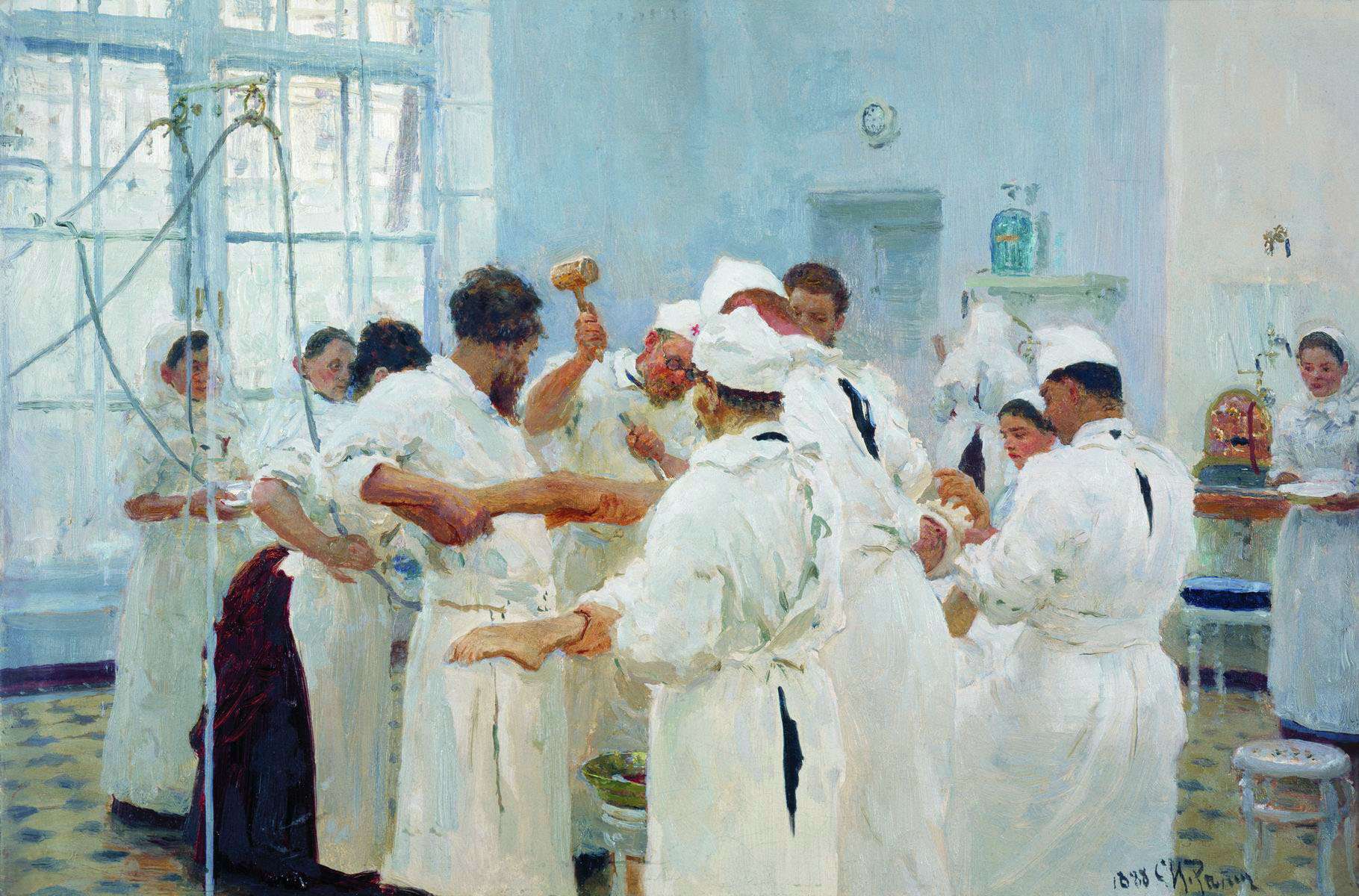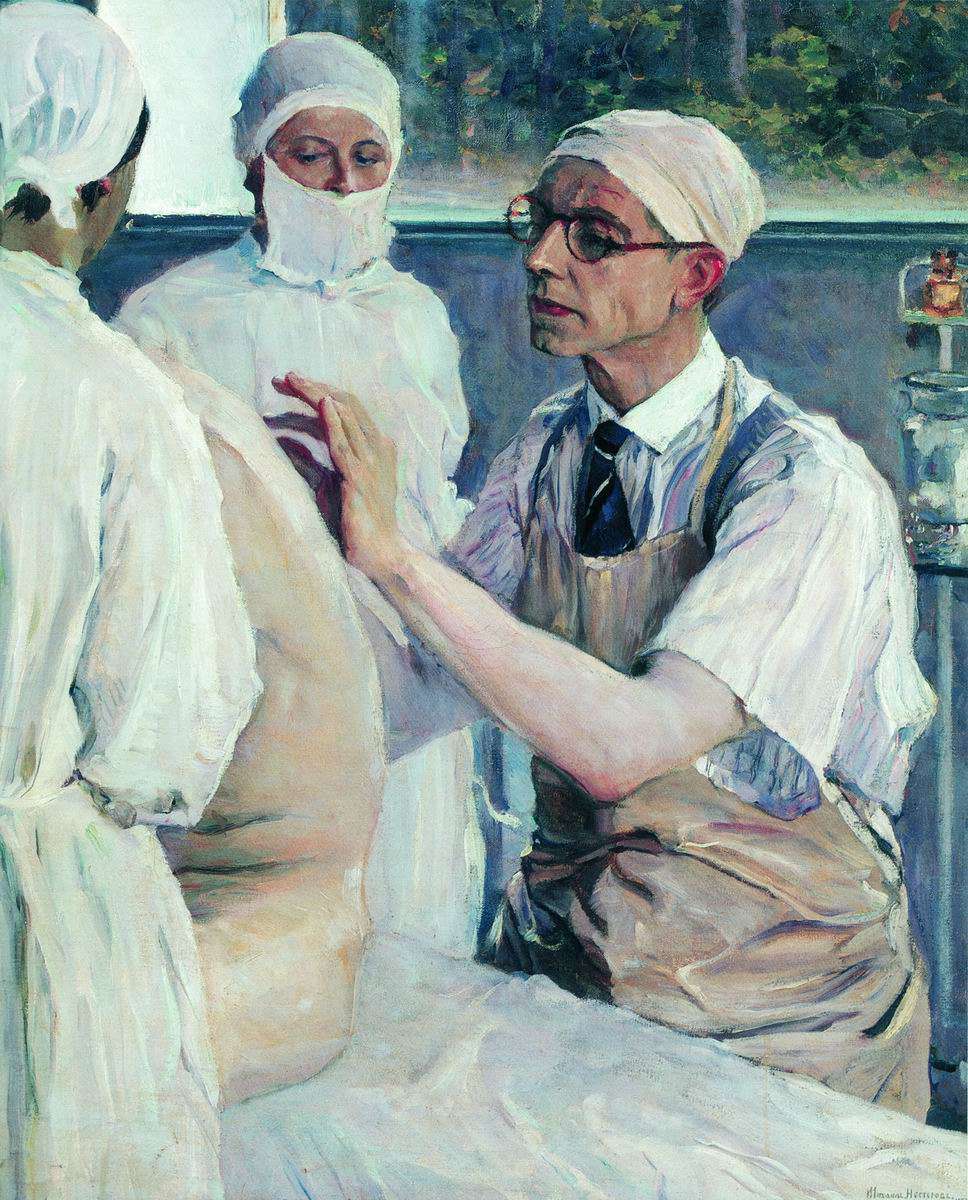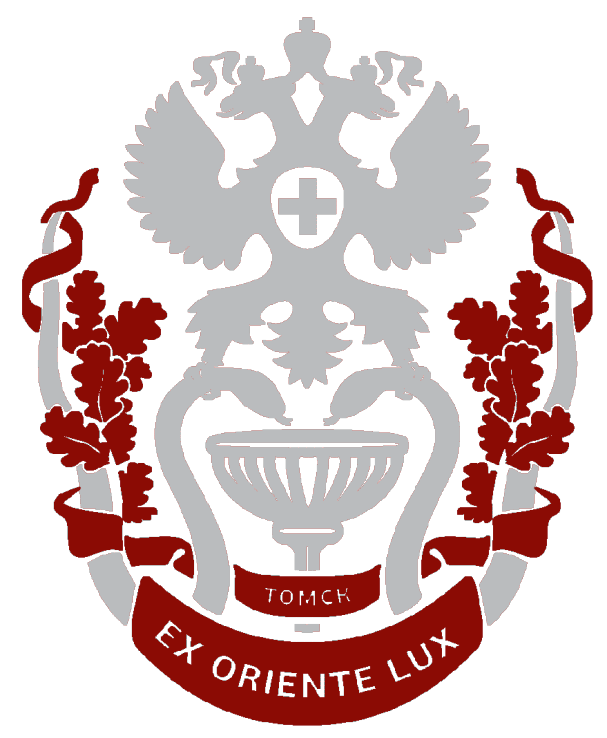Since ancient times, the focus of artists has been on man, in all his states, including during the period of ailments and getting rid of them. Ancient Egyptian and ancient works show us not only examples of diseases, but also those who skillfully healed the wounds and exhausted organisms of our distant ancestors. There are also images of useful customs of that time that made bodies healthier – baths, sports, diets, etc.

Claudius Galen was a Roman physician, surgeon and philosopher of Greek origin who lived in the II century AD. He received an excellent education, traveled a lot, and collected a lot of information on medicine.
In Rome, Galen treated the nobility, was the personal physician of several emperors.
Galen’s theories have dominated European medicine for 1,300 years. Galen studied the brain and spinal cord especially carefully. Medical students studied Galen’s works up to and including the 19th century, and his theory that the brain controls movement with the help of the nervous system is still relevant today.
It became more difficult for artists during the Middle Ages. The existing taboos on fixation of the human body, the general level of development of medicine, did not allow in the initial period to fix the “medical aspects” of life as clearly. These were mostly stories about religious life.
The Renaissance showed many examples in which medicine was imprinted. Paintings by Hieronymus Bosch, Albrecht Durer, Lucas van Leyden, works by Michelangelo and Caravaggio… At the same time, there is also a special interest in human anatomy, and the medical works created at that time contain drawings that are sometimes not inferior to the creations of the most recent artists.
The period of the XVII -XVIII centuries is replete not only with images of patients, but also famous doctors of that time.
“The anatomy lesson of Dr. Tulpius” – is a painting by the Dutch artist Rembrandt Harmens van Rijn, painted in 1632.

The canvas depicts the famous anatomist and surgeon Nicholas Tulp at that time, demonstrating to colleagues the anatomy and physiology of the muscular activity of the human hand.
Tulp owns works on comparative human and animal anatomy. And although Tulp lived in the XVII century, his school spread to the XVIII century.
Of his students, F. is especially famous. Ruysch, the author of the famous collection of anatomical preparations, including monster deformities, which was acquired by Peter I.
The painting is in the Royal Mauritshuis Gallery in The Hague.
The painting “Anatomy of the Heart” by Enrique Simone Lombardo, 1890, the Museum of Malaga.

A small story of a big picture.
The painting is outstanding, very famous and revolutionary for that time. She makes a strong impression, excites a sense of reality.
The canvas has two names: “Anatomy of the heart” and “Autopsy”. Look– here stands an anatomist, and in his hand is his heart…. And a sad, almost puzzled and incredulous expression on his face.
The image of the old man was inspired by a beggar whom Simone himself met on the street and to whom he offered to become a model – a common practice for Simone. According to the letters he sent to his family, the artist used as a model the body of a young actress who committed suicide because of unhappy love.
“Surgeon E.V. Pavlov in the operating room”
I.E. Repin, 1888, State Tretyakov Gallery
The plot takes place at the end of the XIX century, the main character of the picture is the surgeon Evgeny Vasilyevich Pavlov.
Repin and Pavlov were close friends. The artist often stayed at the doctor’s house, and his daughter Nadia underwent surgical practice at Pavlov Hospital. If necessary, Ilya Efimovich turned to Evgeny Vasilyevich for medical help. It is not surprising that the painter decided to immortalize his friend’s work by capturing it in a painting.
This is how the work “Surgeon Pavlov in the operating room” appeared, which has not only artistic, but also historical value.

“S.S. Yudin during the operation”
M.V. Nesterov, 1933-34, The State Russian Museum
Portrait of Dr. Yudin during the operation, it captures the moment when the surgeon subjects the patient to preoperative anesthesia using the method of spinal anesthesia, which was actively introduced by him.
Source of information:
- Monakhov, S. A. AZOT Dermatovenerologist: [atlas handbook] / S. A. Monakhov. – Moscow : Art and Education, 2009. – 224 p.;
- Monks, S. A. XX: itinerarium of Fine arts: [book-album] / S. A. Monks. – Moscow : Rhythm, 2011. – 160 p.;
- Lisitsyn, Yu.P. History of medicine : textbook/Yu.P. Lisitsyn. – Moscow : GEOTAR-Media, 2008. – 400 p.
*The material was prepared by Isaenkova O.A.






![Педиатрия по Нельсону / под ред. Р. М. Клигмана, Дж. У. Сент-Джима III, Н. Дж. Блума [и др.] Том 4 Главы 558-748. - 2023 Педиатрия по Нельсону / под ред. Р. М. Клигмана, Дж. У. Сент-Джима III, Н. Дж. Блума [и др.] Том 4 Главы 558-748. - 2023](https://lib.ssmu.ru/ebs_news/0.jpg)
![Педиатрия по Нельсону / под ред. Р. М. Клигмана, Дж. У. Сент-Джима III, Н. Дж. Блума [и др.] Том 3 Главы 314-557. - 2023 Педиатрия по Нельсону / под ред. Р. М. Клигмана, Дж. У. Сент-Джима III, Н. Дж. Блума [и др.] Том 3 Главы 314-557. - 2023](https://lib.ssmu.ru/ebs_news/1.jpg)
![Педиатрия по Нельсону / под ред. Р. М. Клигмана, Дж. У. Сент-Джима III, Н. Дж. Блума [и др.] Том 2 Главы 117-313. - 2023 Педиатрия по Нельсону / под ред. Р. М. Клигмана, Дж. У. Сент-Джима III, Н. Дж. Блума [и др.] Том 2 Главы 117-313. - 2023](https://lib.ssmu.ru/ebs_news/2.jpg)
![Педиатрия по Нельсону / под ред. Р. М. Клигмана, Дж. У. Сент-Джима III, Н. Дж. Блума [и др.] Том 1 Главы 1-116. - 2023 Педиатрия по Нельсону / под ред. Р. М. Клигмана, Дж. У. Сент-Джима III, Н. Дж. Блума [и др.] Том 1 Главы 1-116. - 2023](https://lib.ssmu.ru/ebs_news/3.jpg)









